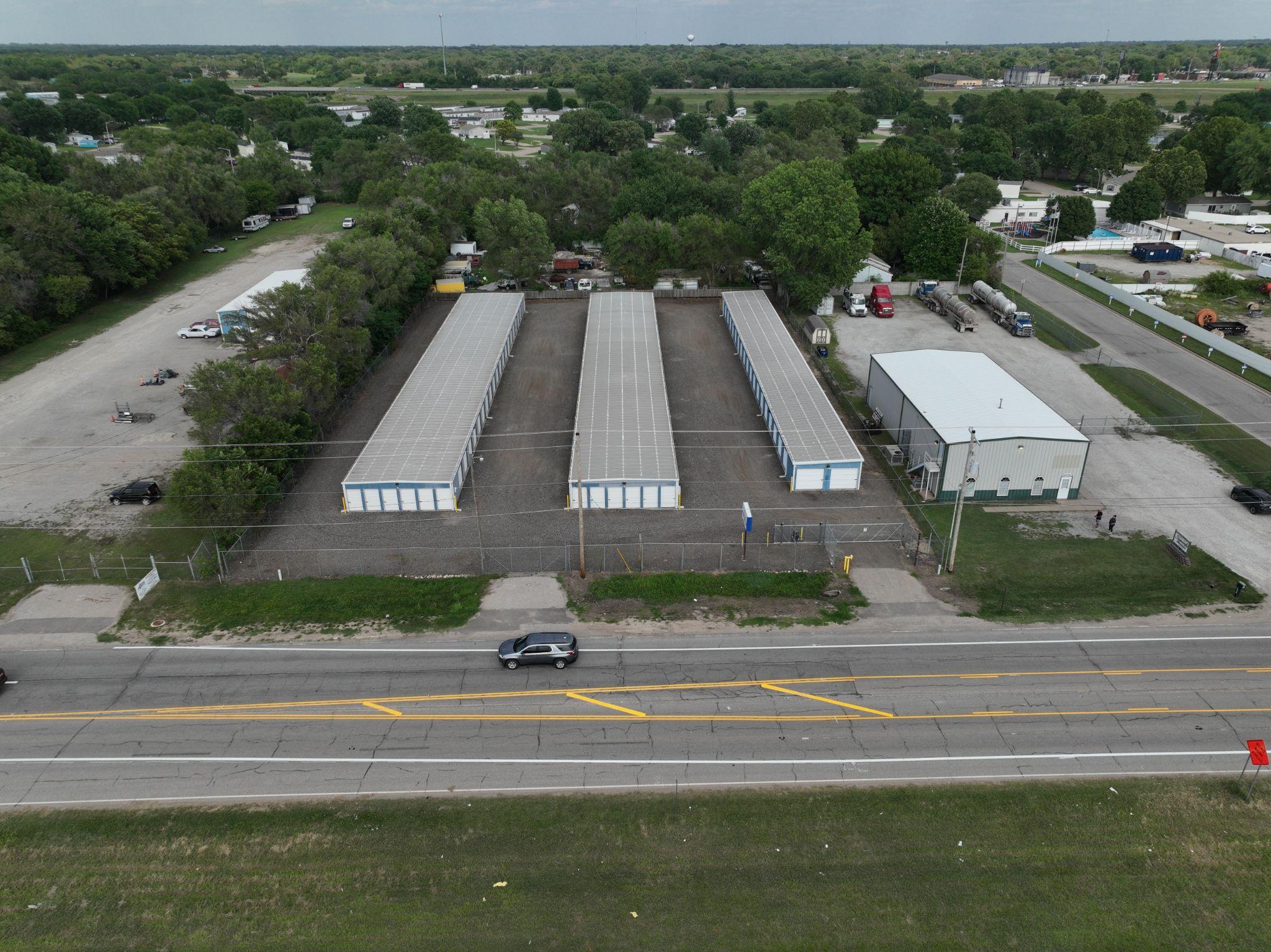A Complete Guide to Preparing and Preserving Your Furniture for Self-Storage
Kwiklock Storage
July 10th, 2023

When it comes to utilizing self-storage units, ensuring the proper preparation and preservation of your furniture is essential. Whether you're moving, renovating, or simply looking to declutter, following professional techniques will help safeguard your furniture during its time in storage. In this comprehensive guide, we will delve deeper into each step of the preparation process, providing you with valuable insights on how to maximize protection and preserve the condition of your furniture in self-storage.
Assess Your Furniture: Before initiating the preparation process, carefully evaluate each piece of furniture you plan to store. Determine if it is worth storing based on its condition, sentimental value, and future utility. Consider donating or selling items that you no longer need or that are not worth the cost of storage.
Clean and Polish: Start by thoroughly cleaning your furniture. Dust, dirt, and debris can accumulate over time, potentially causing damage or deterioration while in storage. Use appropriate cleaning products based on the material of your furniture, such as wood polish, leather cleaner, or fabric-friendly detergents. Ensure that your furniture is completely dry before proceeding.
Disassemble if Possible: If your furniture is modular or can be disassembled, it is advisable to take this step. Disassembling furniture not only saves space but also reduces the risk of damage during transportation and storage. Keep all screws, bolts, and small parts in clearly labeled and sealed bags, ensuring they are easily identifiable for reassembly later.
Protect with Wrapping Materials: Once your furniture is clean and dry, the next step is to provide protective wrapping. Start by using furniture blankets, moving pads, or old blankets to wrap each piece individually. Secure the wrapping with packing tape or furniture straps. Pay extra attention to fragile areas such as corners, legs, and surfaces that are prone to scratches.
Utilize Bubble Wrap or Foam Cushioning: For furniture with delicate or vulnerable components, consider adding an extra layer of protection using bubble wrap or foam cushioning. Wrap fragile parts, such as glass tabletops or ornate decorations, to minimize the risk of breakage or damage.
Apply Protective Covers: After wrapping your furniture, consider using protective covers specifically designed for storage. Use plastic covers or specially made furniture bags to shield your items from dust and moisture. These covers allow for breathability while providing an additional layer of protection against potential damage.
Elevate and Protect Legs: To prevent damage to furniture legs, it's recommended to elevate them. Place wooden blocks or pallets under each leg to keep them off the ground. This helps protect against moisture, pests, and potential scratches.
Disinfect and Protect against Pests: Before storing your furniture, it's crucial to thoroughly clean and disinfect it. This step helps prevent the growth of mold, mildew, or pests during storage. Use appropriate cleaning products or consult professional services for disinfection. Additionally, consider using pest deterrents such as mothballs or cedar blocks to safeguard against unwanted critters.
Consider Climate-Controlled Storage: If feasible, opt for a climate-controlled self-storage unit. Fluctuations in temperature and humidity can potentially damage furniture, especially wood or upholstered pieces. Climate-controlled units provide a stable environment, reducing the risk of warping, cracking, or mold growth.
Properly Arrange and Stack: When placing furniture in your storage unit, consider the weight and fragility of each piece. Place heavier and sturdier items at the bottom and stack lighter or more delicate pieces on top. Leave a pathway or space between stacks for easy access and ventilation.
Label and Organize: To facilitate future retrieval and prevent unnecessary handling, label each item and indicate its contents on the packaging or using a digital inventory system. This practice ensures efficient navigation within your storage unit and eliminates the need to search through multiple items to find what you're looking for.
Insure Your Belongings: While self-storage facilities prioritize security, unforeseen events can still occur. Protect your valuable furniture by obtaining appropriate insurance coverage. Consult with your insurance provider to determine if your homeowner's or renter's insurance policy covers items stored off-site. If not, consider purchasing separate storage insurance to provide financial security and peace of mind.
Regularly Check and Maintain: While your furniture is in storage, periodically visit the storage unit to inspect its condition. Look for signs of pests, moisture, or any damage. Perform routine maintenance, such as dusting or applying protective sprays, to keep your furniture in optimal condition.
Preparing your furniture for self-storage is an essential step to ensure its long-term preservation. By following this comprehensive guide, you can safeguard your furniture from potential damage, dust, pests, and fluctuations in temperature or humidity.
Remember to clean, disassemble, wrap, and elevate your furniture properly. Utilize climate-controlled storage if available, and create a detailed inventory to stay organized. With careful preparation and proper storage techniques, you can confidently store your furniture and retrieve it in pristine condition whenever the need arises. By investing time and effort into the preparation process, you can enjoy the peace of mind that comes with knowing your cherished furniture is protected and well-maintained during its time in self-storage.
Self Storage Blog
